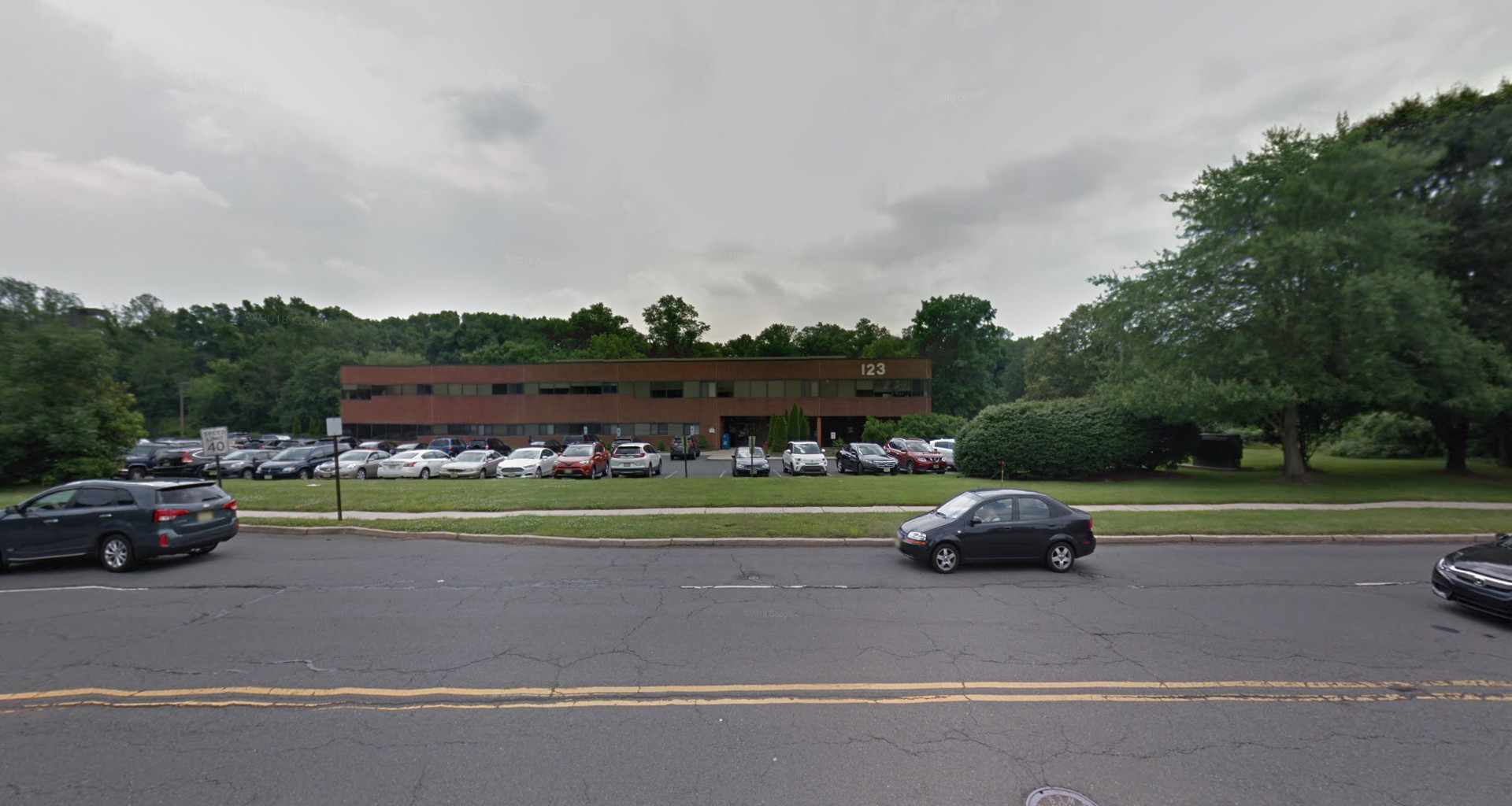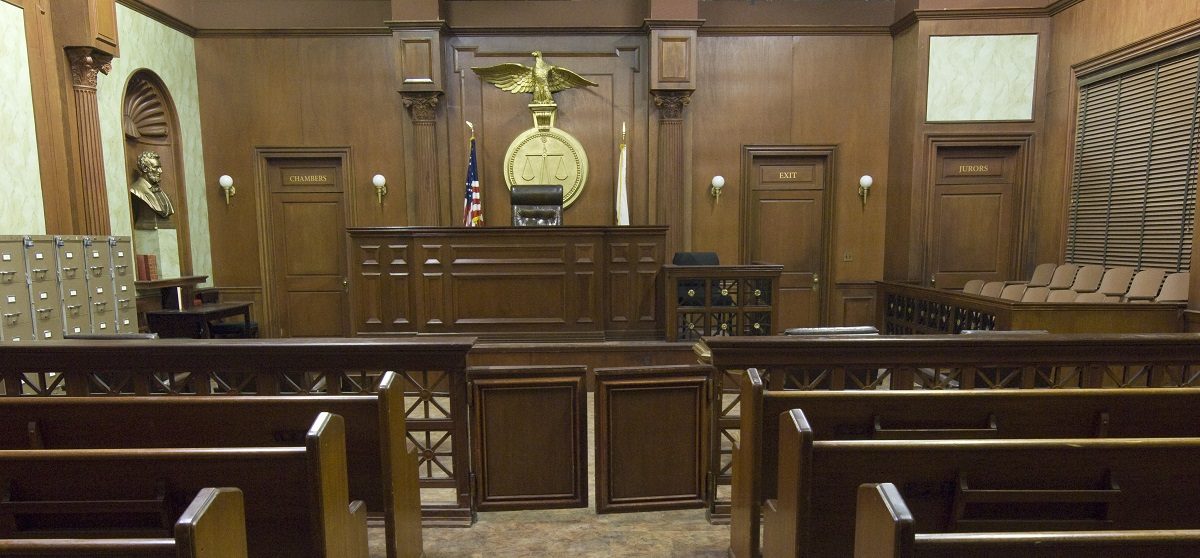
The courthouse was finished in the autumn of 1821, at a total cost of $5,500 (1821 USD).


It was first designed in octagonal form, with brick walls, a stone foundation, with 45 windows and to be two stories tall. This courthouse was temporary, and steps to construct a permanent courthouse began in November 1818. The first courthouse of the county was log and erected in the spring of 1818. Steps were immediately taken to build a courthouse and a jail. 276 lots were laid out in Palestine, which were advertised for sale on May 25, 1818. The first county seat of Lawrence County was located at Palestine, situated on a high bluff near the East Fork of the White River. Early in 1819, the board adopted a seal for Lawrence County, which was designed with a harp, a plow, three sheaves of weat, a pair of scales, and a weathercock on top. On the third day of this session, the commissioners proceeded to divide the county into two civil townships: Shawswick and Spice Valley. Prior to Lawrence County's creation, it was organized as "Leatherwood Township." On March 11, 1818, the county commissioners Ambrose Carlton, Thomas Beagley, and James Stotts, met at the home of James Gregory. The English name refers to Captain James Lawrence, who uttered the famous words "Don't give up the ship." after being mortally wounded during the War of 1812. Lawrence County was formed in 1818 by subdividing Orange County. The first trace of white settlement in Lawrence County was near Leesville however, Bono was the first white settlement in the county. Until the Battle of Tippecanoe, the general area of Lawrence County was populated primarily by Native Americans.

Lawrence County comprises the Bedford, IN Micropolitan Statistical Area. Lawrence County is a county located in the U.S. Indiana House of Representatives districts


 0 kommentar(er)
0 kommentar(er)
